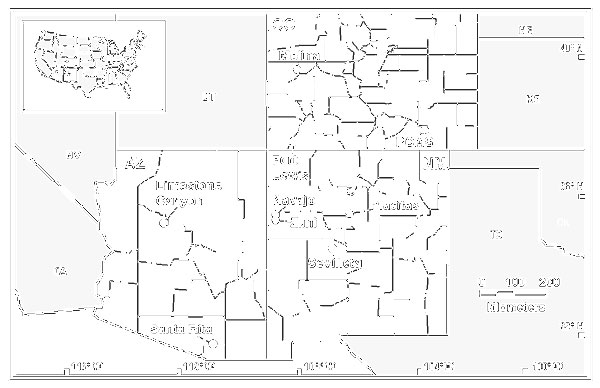Volume 5, Number 1—February 1999
Research
Long-Term Studies of Hantavirus Reservoir Populations in the Southwestern United States: Rationale, Potential, and Methods
Figure 2

Figure 2. Geographic locations of nine sites where mark-release-recapture webs are being operated to study rodent reservoirs of hantaviruses in a three- state area of the southwestern United States. PCMS=Pinyon Canyon Maneuver Site (U.S. Army).
Page created: December 10, 2010
Page updated: December 10, 2010
Page reviewed: December 10, 2010
The conclusions, findings, and opinions expressed by authors contributing to this journal do not necessarily reflect the official position of the U.S. Department of Health and Human Services, the Public Health Service, the Centers for Disease Control and Prevention, or the authors' affiliated institutions. Use of trade names is for identification only and does not imply endorsement by any of the groups named above.